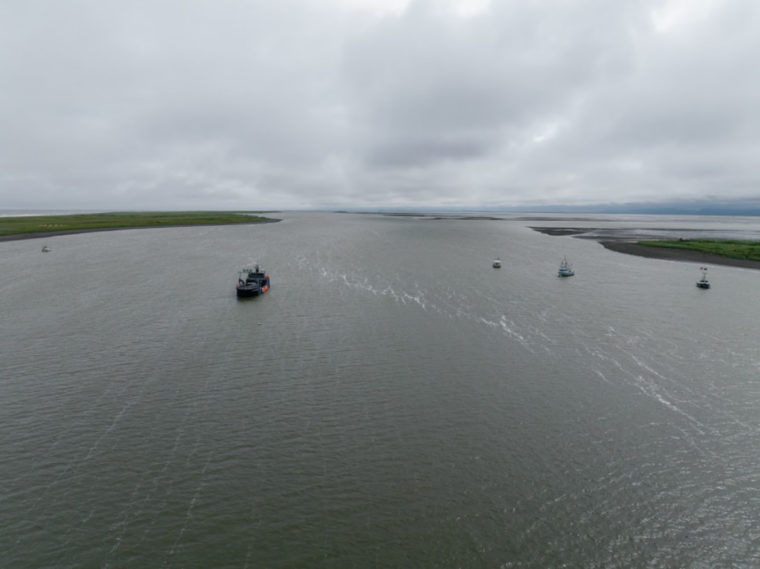
The Department of the Interior will invest over $120 million to 146 projects that will help boost Native American communities’ resilience to the effects of climate change.
The awards are the largest amount of annual funding awarded to tribes and tribal organizations in the history of the Bureau of Indian Affairs’ Tribal Climate Annual Awards Program.
The program provides funds to support Tribes’ efforts to plan and adapt to climate change and to relocate critical infrastructure, if necessary. It also provides funds for managed and partial infrastructure relocation, protect-in-place efforts, ocean and coastal management and habitat restoration and adaptation.
Thursday’s announcement is part of an overall $440 million investment in tribal climate resilience programs. The funding pulls from the Inflation Reduction Act, the Bipartisan Infrastructure Law and annual appropriations, the department said.
“By providing these resources to Tribes to plan and implement climate resilience programs in their own communities we can better meet the needs of each community and allow them to incorporate Indigenous Knowledge when addressing climate change,” said Bryan Newland, assistant secretary for Indian Affairs.
In total, 102 tribes and nine tribal organizations will receive funding.
The Native Village of Nelson Lagoon in Alaska received $4 million for its Shoreline Protection and Water Security Project. The village sits on a narrow sand spit that is eroding away by the ocean due to a lack of protective ice and severe storms.
The erosion threatens homes, community buildings and the waterline that connects the village to its only water source. The village will use the funds to complete construction of an erosion protection structure and to also build two 300,000-gallon water storage tanks.
Similarly, the Village of Chefornak in Alaska also received $4 million for a Home Stabilization and Construction project that addresses ongoing threats posed by erosion, flooding, and permafrost degradation.
To combat these issues, the Village of Chefornak plans to repair and replace up to 30 home foundations that have been or will be damaged due to permafrost degradation. Additionally, the Village will construct two homes to replace any damaged homes that are under threat and cannot be relocated to a safer location.
The Eastern Shoshone tribe of Wind River Reservation in Wyoming received $3.9 million for its Sustainable Eastern Shoshone Tribal Climate Change Resilience Project. The project will improve the community’s resiliency toward extreme weather and all-hazard issues caused by increasing climate change. Five implementation projects were identified to improve the community’s climate adaptability and update the existing drought contingency and hazard mitigation plans, according to the department.
Strategic Partnerships, Inc. can provide information on contract opportunities, plus existing and future government funding. For more information, contact research@spartnerships.com.
Photo courtesy of the Aleutians East Borough
The post Native American communities receive $120 million to boost climate resilience appeared first on Government Market News.
